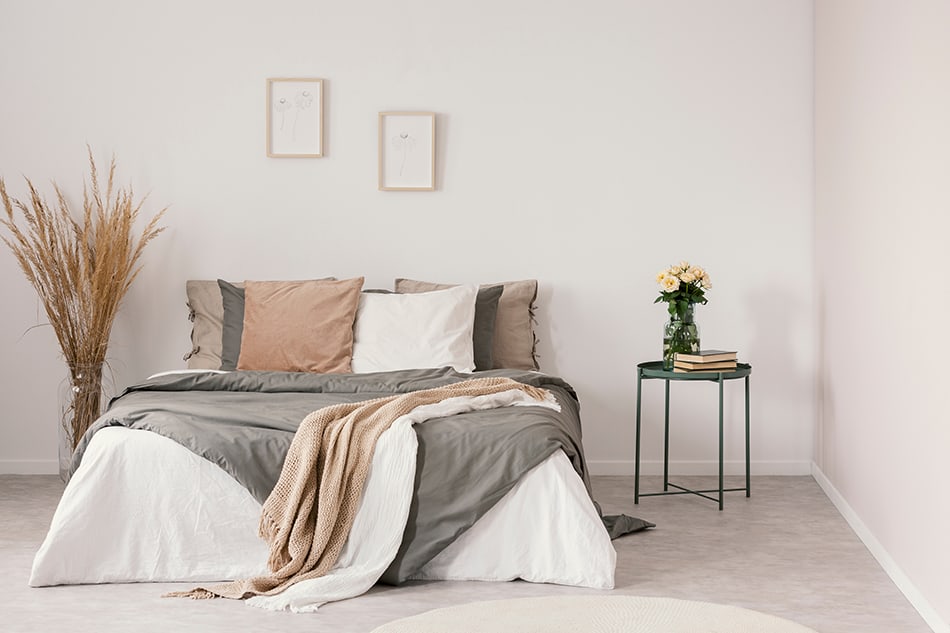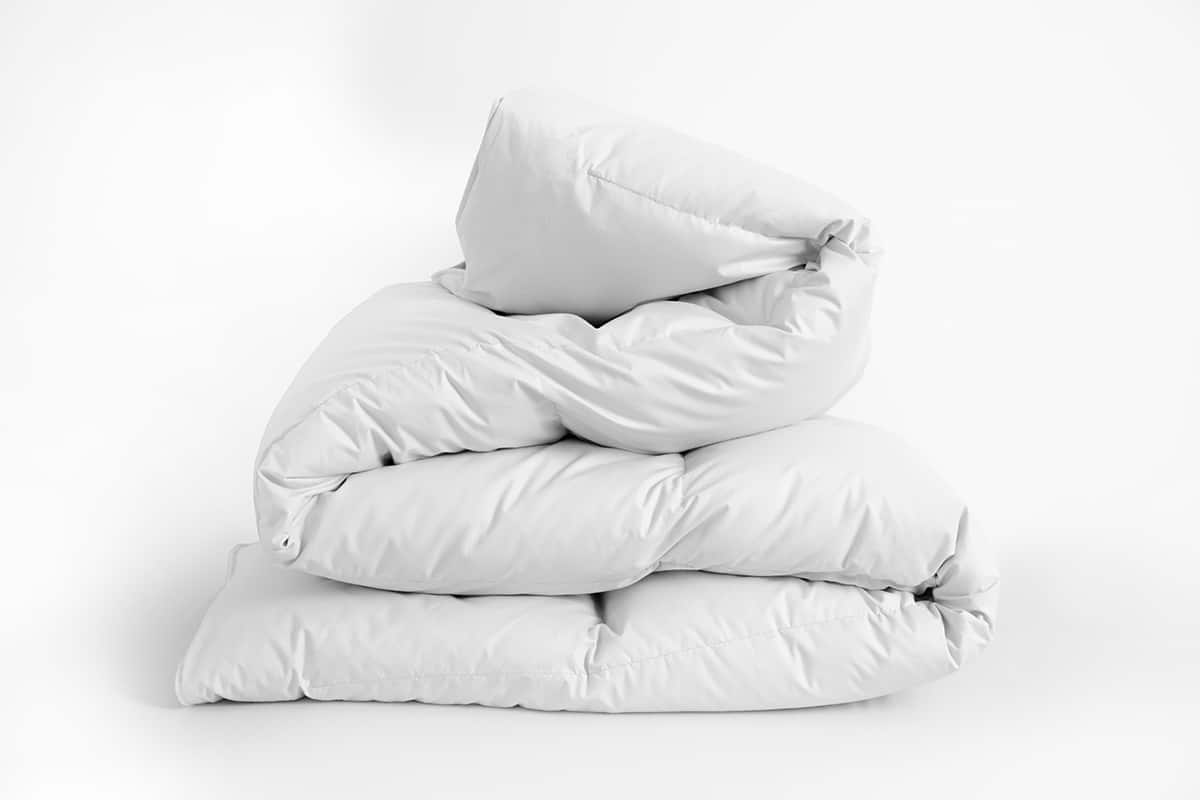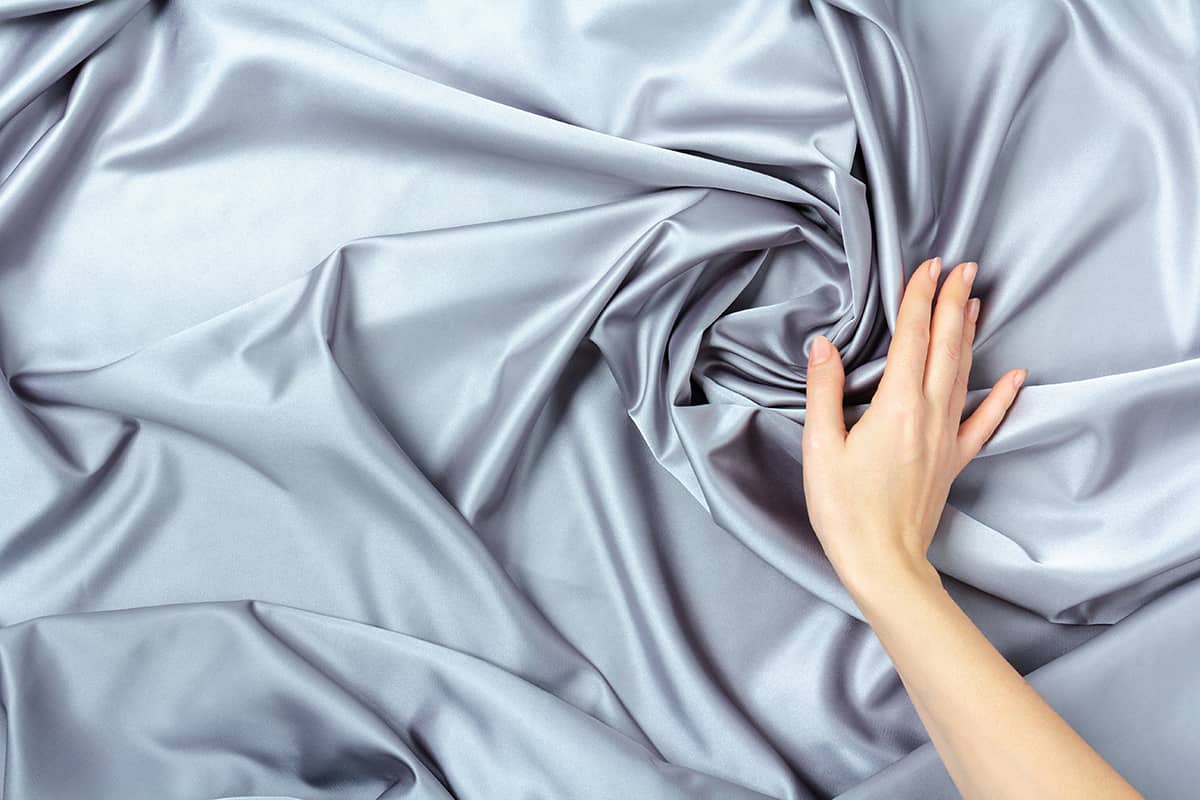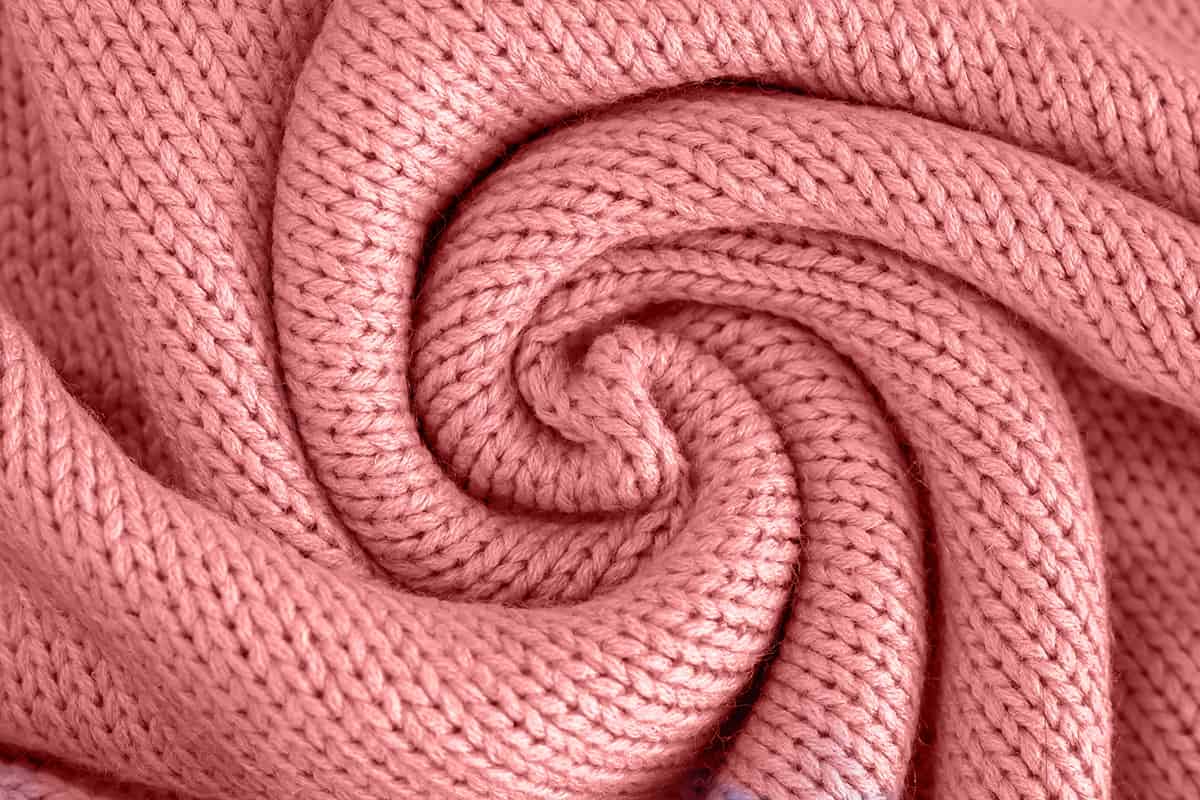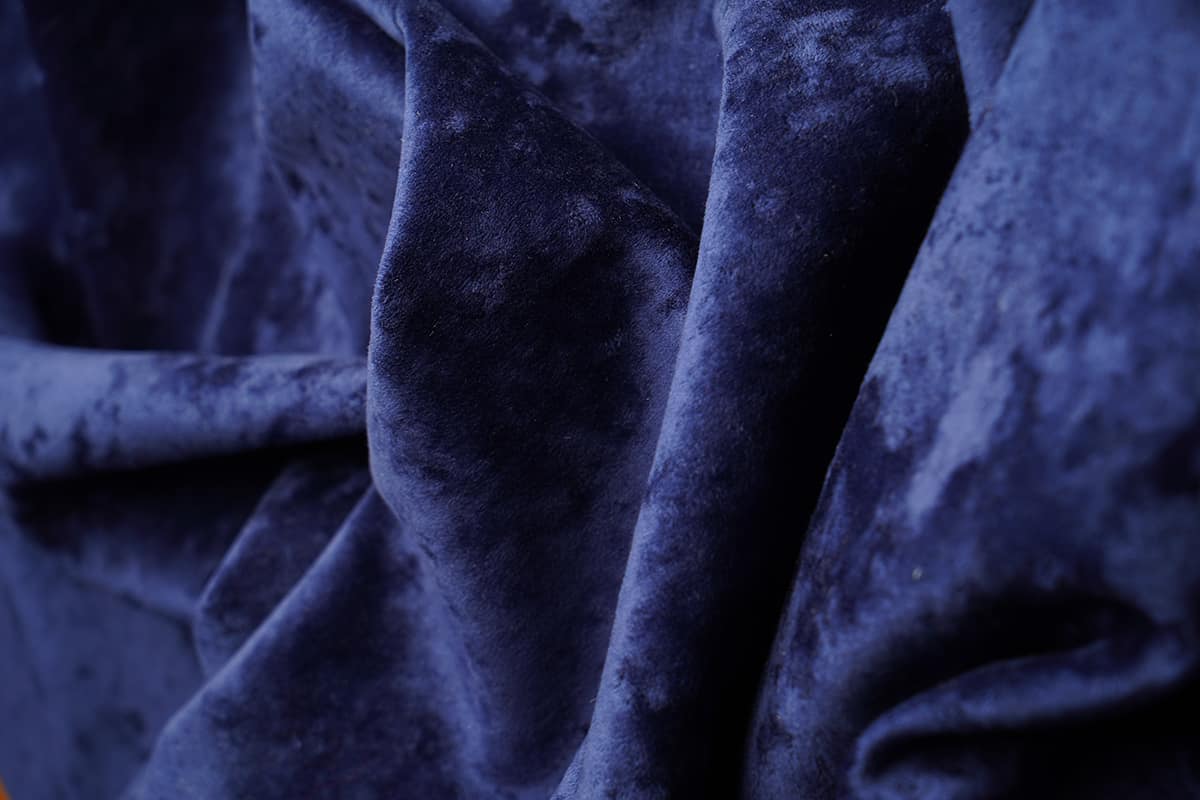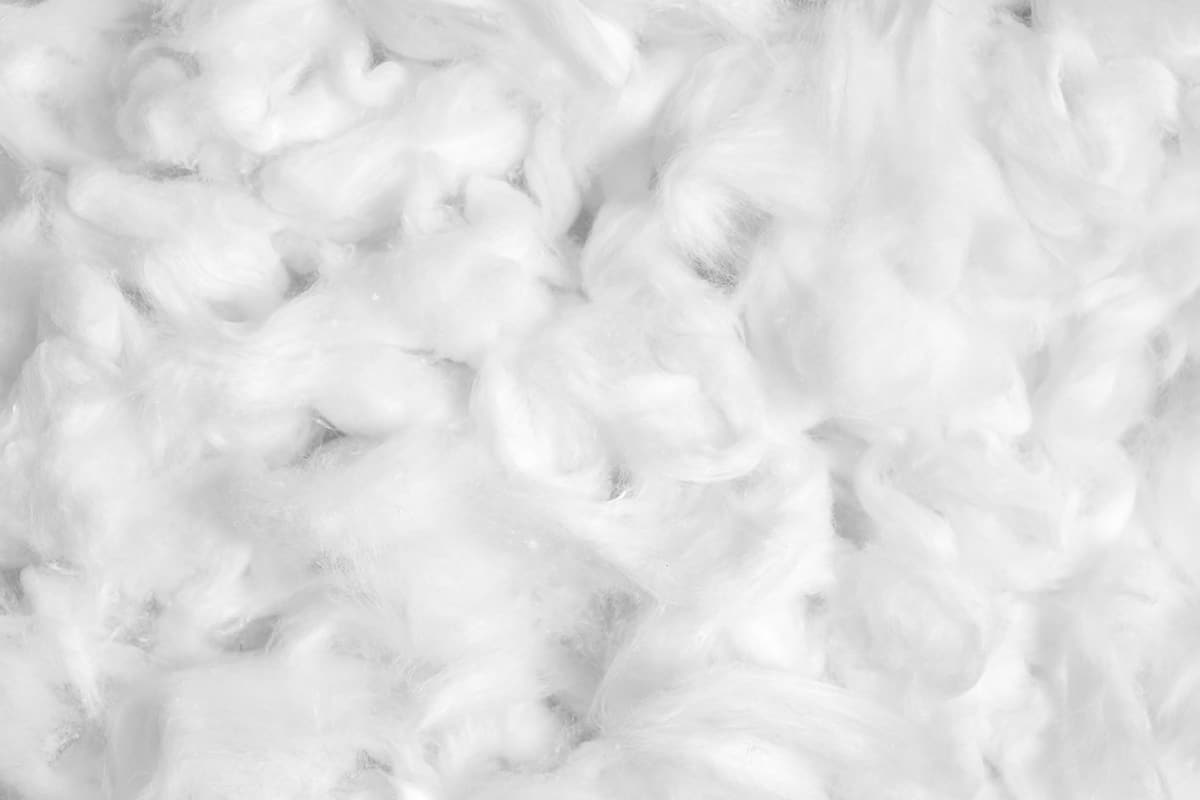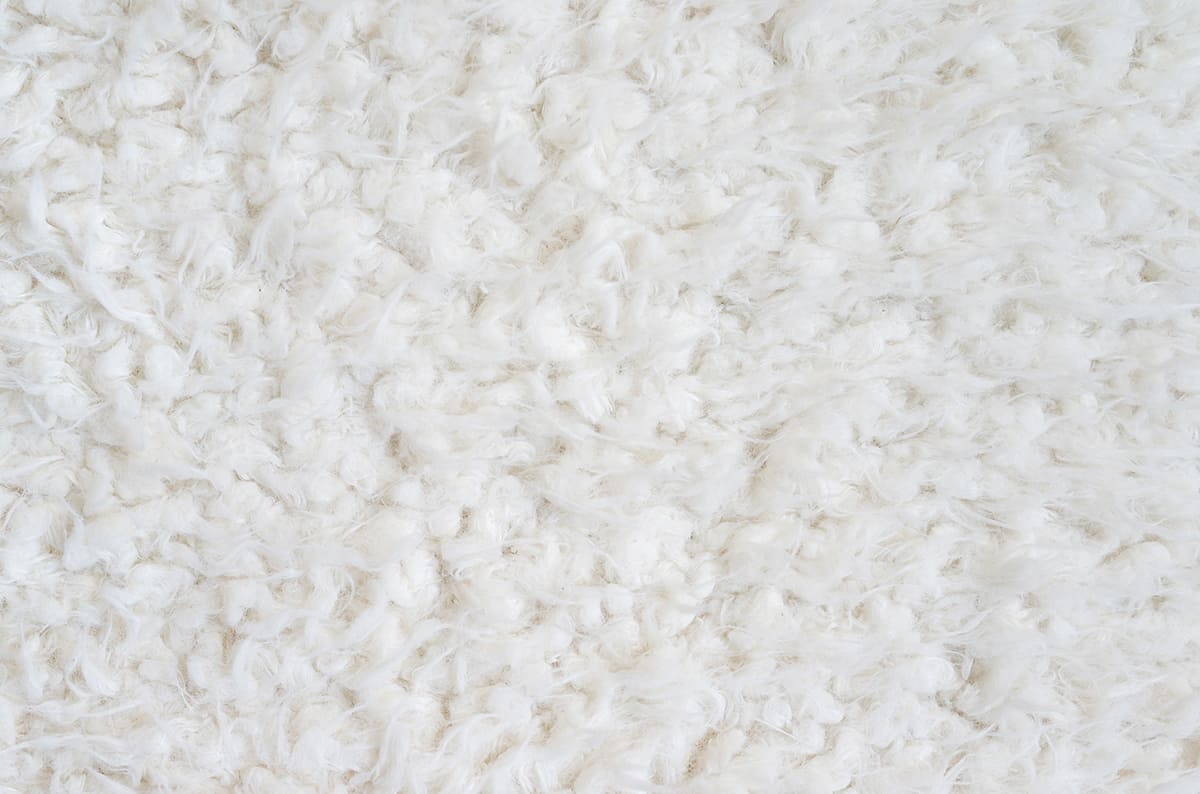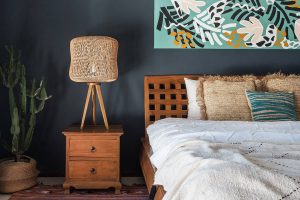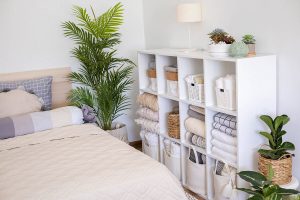Comforters are a great way to provide your everyday sleep with the luxurious feel of a hotel room. Plus, they are a great way to make a small bed look like something out of a royal palace. This type of thick bedding will instantly change your bed’s silhouette by hiding the thin sheets underneath.
Nevertheless, a good comforter is likely to cost several times as much as your usual sheets. They are also rather bulky and not as easy to hide away when they are not in use.
Because of this, most people don’t have as many comforters as they have bedsheet sets. A comforter then falls into the category of “studied purchases”: take your time to choose the ideal one, and make sure you never feel the lack of an extra set.
But how many types of comforters are out there, then? And which one is the perfect one for you? Read below to find out.
How Many Types of Comforters Are Out There?
Comforters are a type of thick, cushioned bedding. Because of this, the easiest way to classify them is according to their shell and the filling. Out there, you are bound to find many different combinations of shell and filling materials – and if you are lucky, you may even find it in the same color as your wall art.
Types of Comforter Shells
In reality, a comforter’s shell is really there to hold all the filling together – after all, the comforter’s warmth rating will be provided by the filling. That being said, the type of shell you choose will determine your comforter’s texture and breathability (or waterproof rating). It will also add up to the total weight of the comforter, and this may be a good or a bad thing.
Usually, comforters are placed on top of your sheets and even a blanket. That means that they won’t enter in direct contact with your skin, so it’s not essential for them to feel soft and smooth.
Of course, if you are fond of reading or studying on top of your bed, then you shouldn’t discount the texture when choosing the purchase. Conversely, if you can’t resist bringing your tea tray to the bed, then you want to invest in a waterproof shell: washing a comforter can be a messy ordeal, and some types of fillings tend to trap smells.
You are most likely to find comforters in the following shell materials:
Natural Fibers
Most often than not, natural vegetable fibers are immediately associated with summery clothes and fresh fabrics. With the right treatment, however, these fibers can be used to make very long-lasting comforters.
Cotton
There is an honesty to cotton cloths that have turned them into one of the most widely used fabrics around the world. When it comes to comforters, cotton shells are the go-to fabric for anyone who wants a textured or quilted feel. Plus, cotton tends to be hypoallergenic and easy to wash: once your washing machine is large enough, you’ll just need to tumble it on the most aggressive cycle.
Cotton fabrics can vary tremendously in quality and price, but you will get the softness that you are paying for. Cheaper percale cotton, made with a thread count of around 200, is bound to feel a bit rough around the edges and may wrinkle easily. On the other end of the spectrum, a shell with a thread count above 600 may give silk a run for its money.
Bamboo
Bamboo fibers tend to be a bit more delicate than cotton fibers, but they also offer more softness for less money. As a general rule, bamboo is as soft as pricy cotton, but it only costs as much as the mid-range equivalent. Nowadays, most bamboo fibers are made from recycled bamboo and are therefore considered a sustainable alternative.
If you are fond of lying on top of your comforter (either to watch TV or bond with your living companions), bamboo also has the advantage of being a very breathable fabric.
Silk
Silk is usually the top choice for summer comforters. This superbly soft fabric has cooling properties and blends well with lighter fillings. Silk also offers a shimmery quality that works well with a variety of colors and patterns, plus it immediately brings about a luxurious look to any room.
Wool
If silk is the most luxurious summer fabric, then wool is its cozy winter counterpart. Wool also offers slightly heavier fibers, which can help your comforter double as a weighted blanket.
Wool also offers a great amount of versatility, with durable colors, patterns, and blends. If you need something slightly softer on the skin, go for a flannel comforter. Conversely, opt for jacquard wool if you can cope with something slightly rougher but with the sort of intricate designs that will last for years.
Wool usually resists a few spins around the laundry machine, but it takes a long time to dry.
Suede
If you are fond of primal animal prints and don’t mind having to hire a dry cleaner, suede may be able to hit the right spot for you. It is one of the softest animal-based materials, and it often provides a fair degree of warmth.
Suede is difficult to maintain, but if you make the effort, it is the kind of material that will last forever. It also goes very well with country-inspired or rustic décor. If you would prefer a vegan-friendly alternative, you can get much of the same benefits if you opt for a faux-suede shell instead.
Synthetic Blends
“Synthetic” materials sometimes get a bad rep, but if you are heading straight for the high-quality rack, you will find worthy comforters. Synthetic blends can include realistic faux furs as well as superbly warm fleece or microfiber finished.
Many synthetic or blended fabrics were originally designed to imitate a natural counterpart. However, thanks to technology, they can easily offer several improvements. For example, fleece tends to be much more breathable than wool-based flannel without sacrificing warmth. Meanwhile, microfiber is ideal for people with sensitive skin, and it is usually waterproof.
Synthetic fibers also tend to be easier to wash and are often designed to be machine-washed.
Types of Comforter Filling
A comforter’s main job is to keep the sleepers warm, and this is mostly determined by the filling. A comforter’s warmth rating is important enough to be listed on the label. Most of the time, this is done using numbers ranging from 200 to 1000.
Anything below 400 should be considered summer bedding. It won’t hold up a lot of warmth, but it will keep you dry if you or your spouse suffer from hot flashes.
Between 400 and 600 lie the “year-round” comforters for most people. If you suffer from cold feet, you may need something between 600 and 800 to hit that spot.
Any comforters with a warmth rating of 800 or more are meant for cold conditions. It is hard to find something above 900, and the few available ones tend to be very rare but are the kind that will save your life if heating breaks.
As a general rule, different materials will also have different weights – and heavier materials also consistently provide more warmth.
Cotton Fillings
Cotton fillings tend to be easy to wash and light but are rarely available at warmth ratings above 400. Another advantage of cotton fillings is that they tend to be pretty thin, so if you need to stash your comforter away during the winter months, they won’t take up much space.
Geese Down
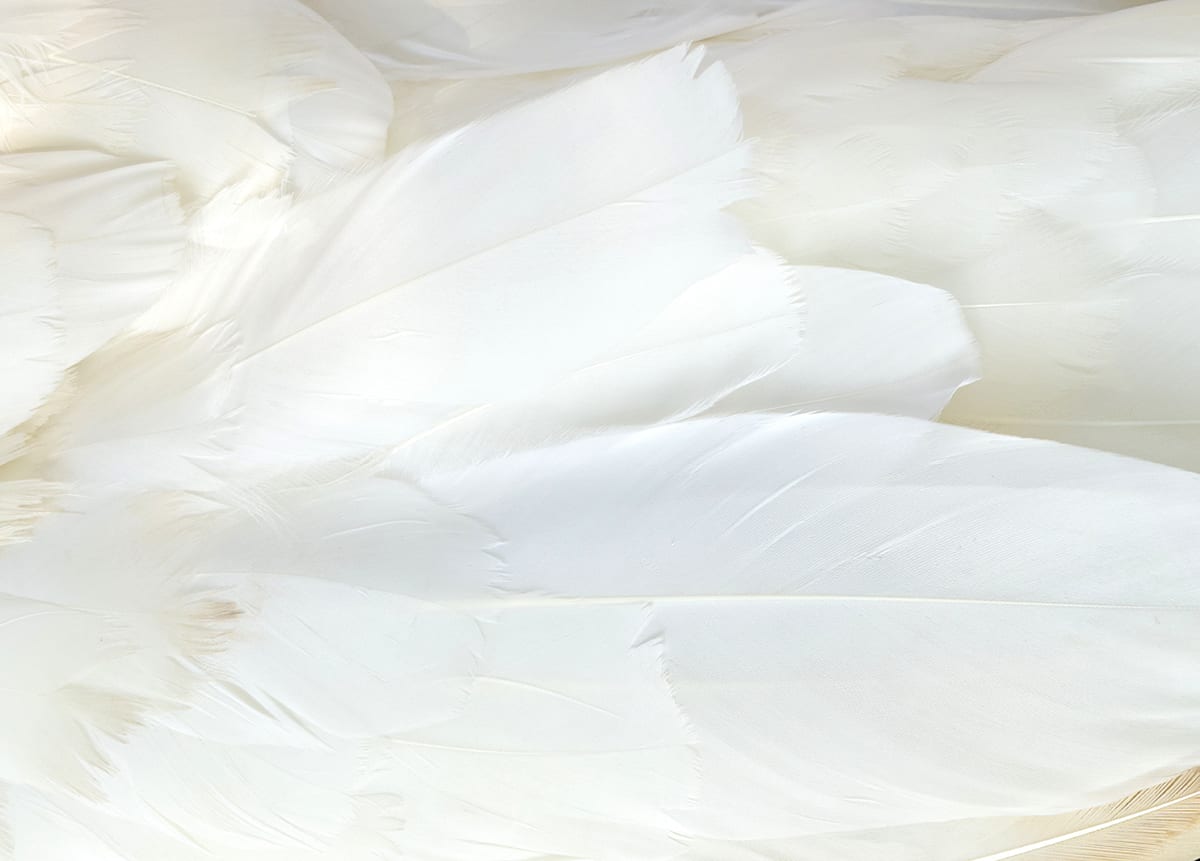
Most of us usually think of geese fillings as feathers, but they are actually made from “down” – basically, a very soft fiber that covers the belly of a goose. Down tends to be much softer than actual feathers, and it doesn’t have the stiff spines that feathers do. Naturally, down is also a lot scarcer than proper feathers, and because of this, it also tends to be much more expensive.
Down provides a fluffy, very warm, but surprisingly light filling. Down-filled comforters can make a bed look huge and luxurious, but they won’t feel like a weighted blanket (and this can be a good or a bad thing).
Synthetic Fibers
In many ways, synthetic or man-made fibers are usually a category of their own. Most of these fillings are meant to imitate the feel and weight of down. They tend to be much cheaper and easier to wash.
However, they are not very breathable and may not last as long: depending on the comforter’s construction, synthetic fibers can easily run off or lump on one side of the comforter. Once this happens, you will probably need to buy a new one.
Wool
Most wool fillings are made from sheep wool, although goat or alpaca fillings are also out there (for a price). Investing in finer wool may not really pay off, though: most prized wools earn their rank because of their softness or hypoallergenic rating. Hidden underneath its casing, this quality is lost if you are using wool as a filling.
Wool offers one of the strongest warmth ratings. It is also used for camping blankets, as it wicks moisture away.
Mulberry Silk
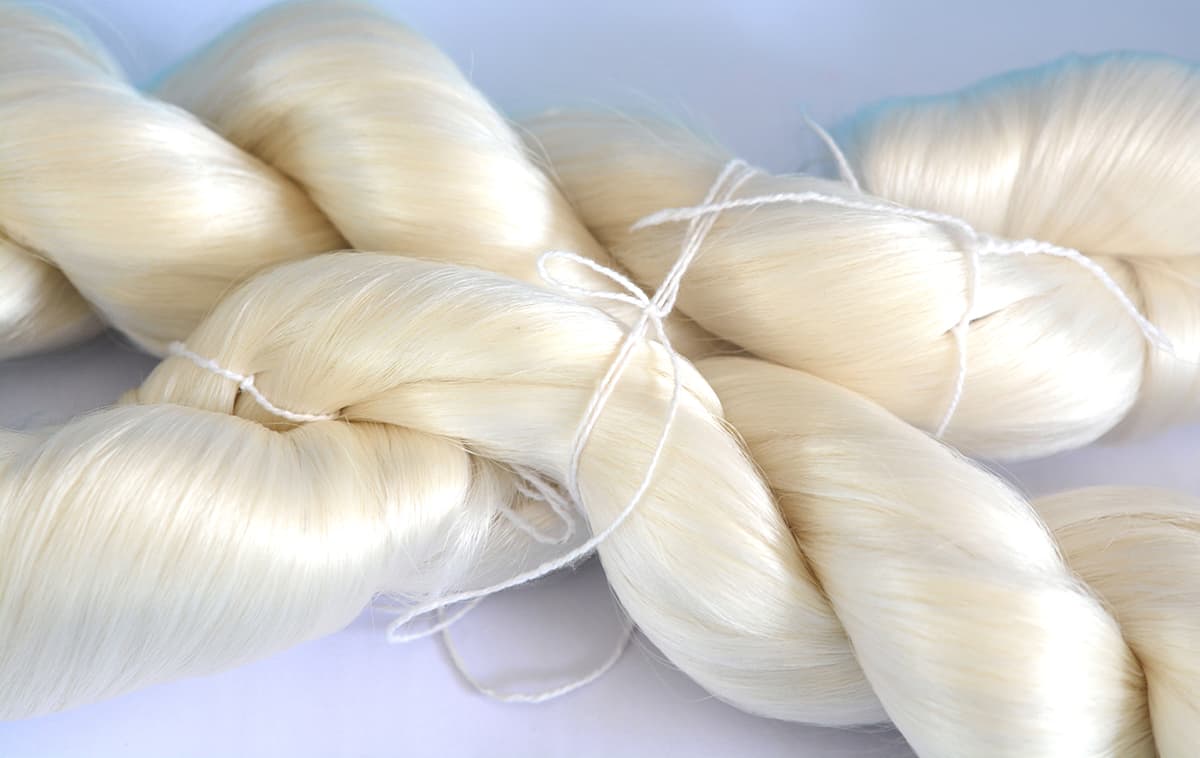
Comforter fillings are not made from actual silk fabric but from the raw fibers extracted from the silkworm. Silk has the longest individual fibers from all-natural alternatives and offers the most breathable comforters of all. Nevertheless, most silk comforters will offer a warmth rating of about 500, putting them firmly in “year-round” territory. It is also hypoallergenic and antibacterial.
The main downside? Mulberry silk is usually only produced in very small amounts per farm, which makes it very expensive. Besides, washing a silk-filled comforter cannot be done at home.
What about Looks?
Filling and shell materials will determine warmth, breathability, and texture – all very important functional aspects.
So far, most of our focus has been on the functional aspects of comforters, which are mainly decided by the materials. While warmth, breathability, and texture are important, they do not completely replace esthetics. After all, a supersized comforter is likely to be one of the most visible elements in your bedroom, and it will be more visible than any other bedding.
It would be impossible to describe every pattern and color combination out there – and these are ultimately ranked according to personal taste. However, the construction of the comforter will still play a role in its overall look and may even contribute to its durability.
Channel Construction
A channel construction uses parallel stitched rows across the comforter. Often, these stitches are made in a contrasting color and turned into a decorative detail.
This can look very neat and orderly, especially if you are fond of stripes or are already using them in your bedroom’s décor. However, if you are using a lighter filling (such as synthetic fibers or cotton), the channels may not keep everything in place.
Baffle Box
A “baffle box” pattern can vary quite a bit in its complexity, ranging from simple rhomboids to more elaborate honeycomb-like patterns. This type of construction is usually the default for any expensive comforters, and it is an absolute must for those that have an expensive filling such as silk. Why? Put simply, they provide the best chance of keeping everything in place and therefore will increase your comforter’s life span.
On the esthetic side of things, baffle box designs can be difficult to work with. They tend to create puffy comforters and often need to be camouflaged rather than embraced.
Quilt Stitches
Probably the most beautiful option, quilt stitching offers the opportunity to create very elaborate patterns across the comforter. However, these designs can only show off their true potential with relatively thin comforters, such as cotton or “summer” options.
Gusseted Weighted Comforters
The renewed popularity of weighted blankets has now reached the comforter section. Although not a universally-liked sensation, many people find that sleeping under a heavier blanket can lower their anxiety or stress levels.
Usually, weighted blankets use microplastic beads in order to add extra weight. In the case of comforters, this could get in the way of the filling. Gusseted comforters offer a good compromise. Instead of distributing the weight all over the comforter, they feature a stitched line around the sides to hold a bit of extra weight. If combined with a heavy wool filling, you can still add a couple of pounds to your nap.
